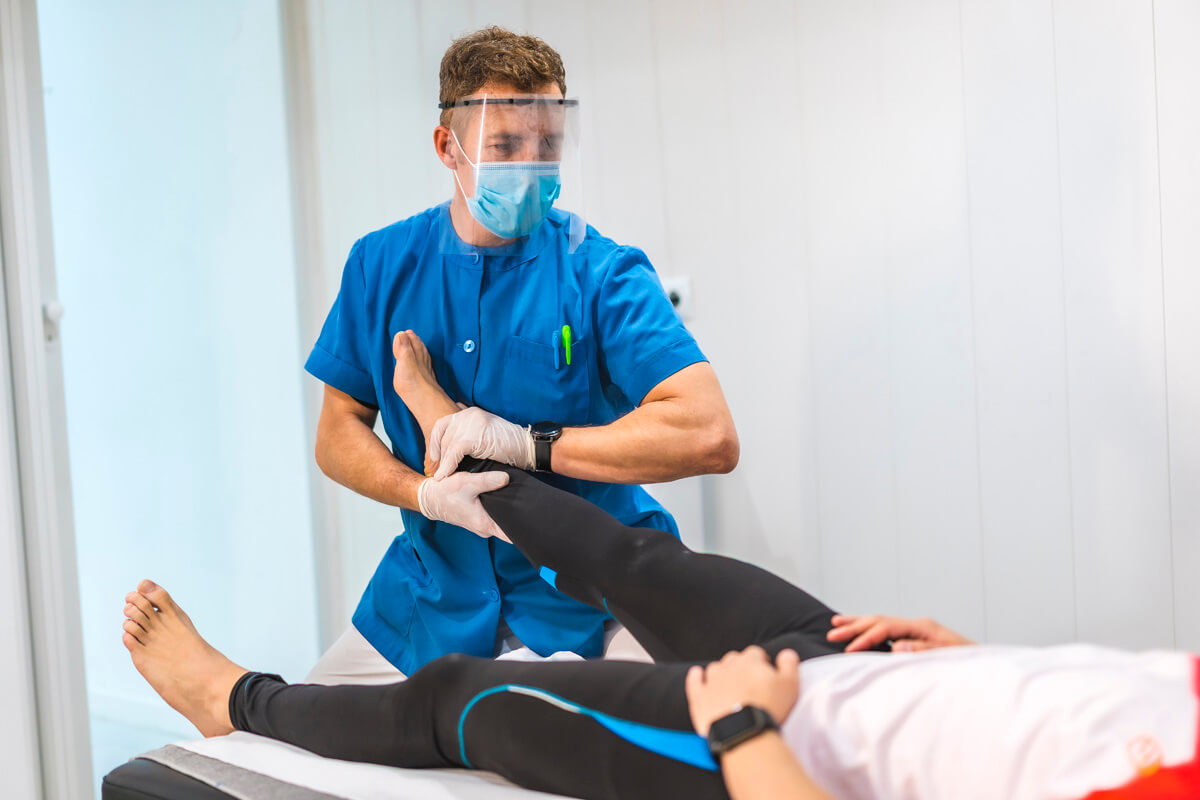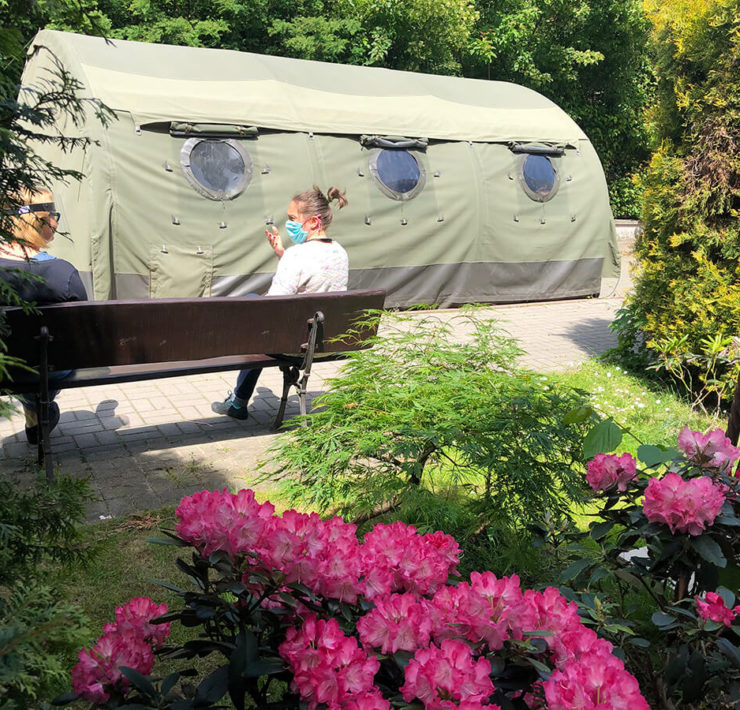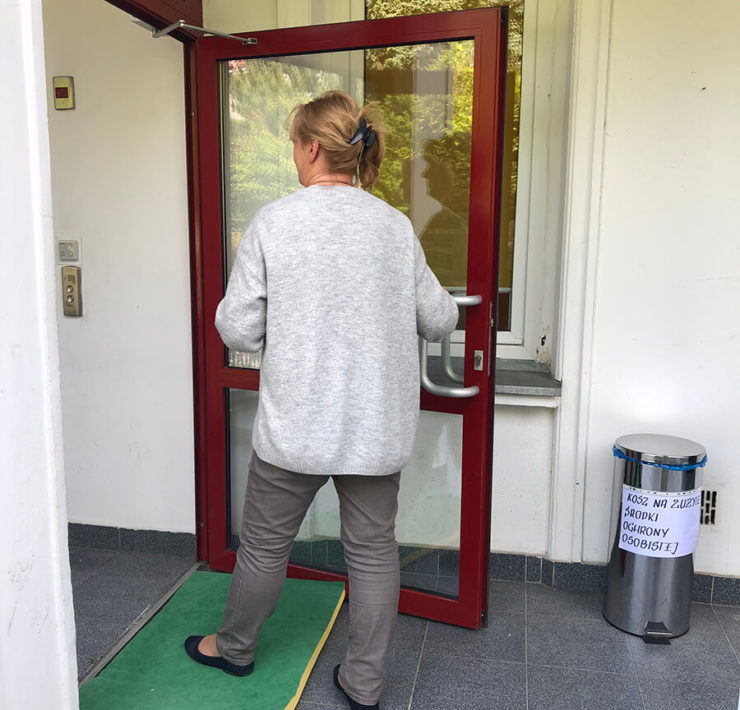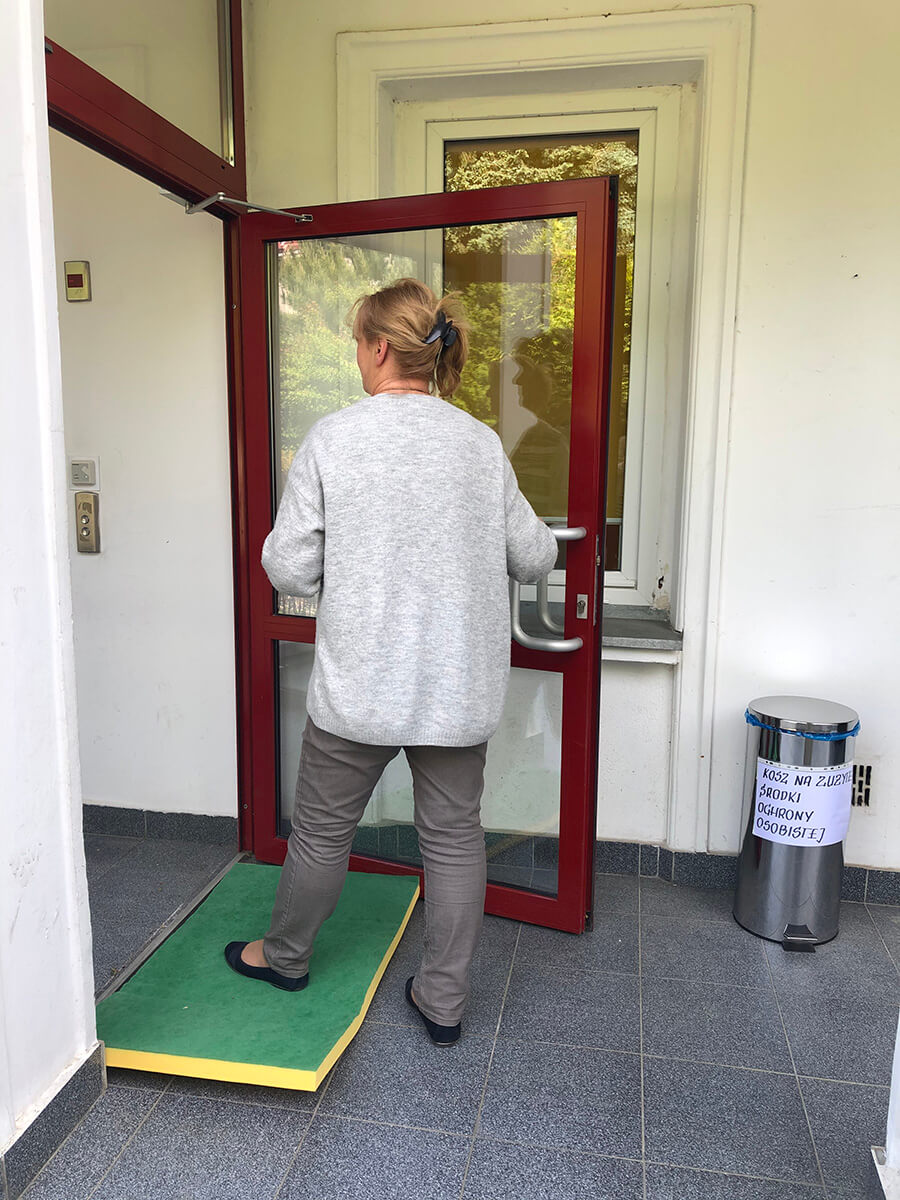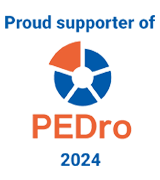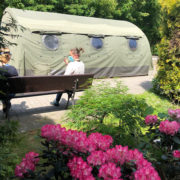
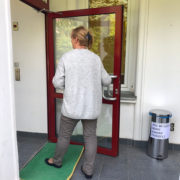
We haven’t conducted stationary physiotherapy sessions since middle March, that is, for almost two months of lockdown. We stayed in touch with the parents of our patients only by means of teleinformatic systems. Our center provided medical teleconsultations on a large scale, psychologists and psychiatrists were constantly in contact with those families who most needed their help. We provide therapy for numerous children suffering from autism spectrum disorder. The ability to contact specialists allowed parents to better adapt to isolation. Physiotherapists were conducting video consultations, making phone calls, and sending their recommendations by email. Educators and speech therapists were preparing various sets of exercises which could be performed with children at home and then published these instructions on our website.
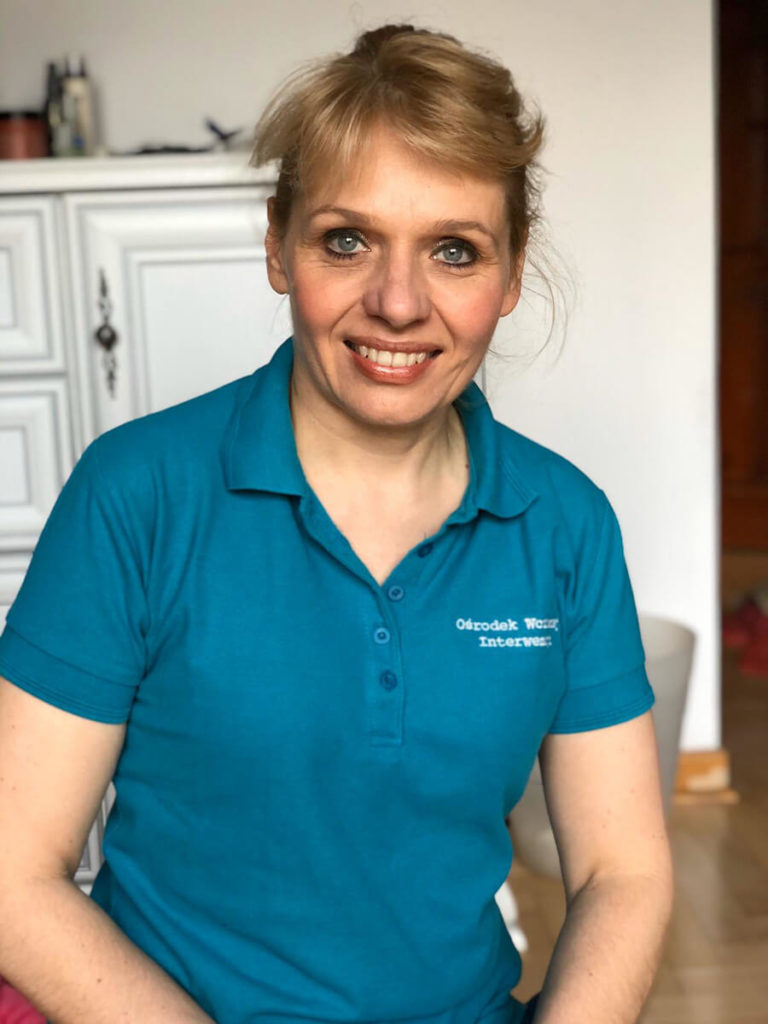
Dr. Anna Kloze – Paediatric physiotherapist, academic lecturer at the Academy of Physical Education in Warsaw, currently works at the Center of Early Intervention of the National Association for People with Intellectual Disabilities. This facility admits disabled children and children who are at risk of acquiring disability. It takes care of children aged from 0 to 7 years old and provides support to almost two thousand families.
Coming back in stages
When it became legal to reopen our facility, we organized our return to work in stages. First, we began admitting the youngest children for therapy. We started seeing infants, whose stay in our facility did not require additional consultations by e.g. pedagogues, speech therapists. We opened our rehabilitation services and consultations to older children in the midst of May. This form of organization was a direct result of our work mode. The youngest patients spend up to an hour in our facility, older children usually visit us for two hours, while the oldest patients can have up to three hours of therapy on a daily basis.
New sanitary restrictions have forced us to introduce a number of changes. One of them was that infants can appear on a visit with just one caretaker, whereas older children are walked to the door by parents and then taken care of by therapists who conduct classes. Until now, parents were used to accompanying their children on consultations and during group therapies. In fact, young patients were often accompanied not only by parents, but also by their siblings. It was usually caused by the fact that there wasn’t anyone who could take care of other children when one of them had to be taken to therapy.
“Field” waiting room
Organization of patient admissions in our facility is associated with the necessity to disinfect all surfaces, equipment and toys, as well as airing the therapeutic rooms after every class. It can be particularly inconvenient for children who have more than one therapeutic session planned for a day. During disinfection, children go back to their parents and they are both directed to… tents. It is another “novelty”. Since we had to close our traditional waiting room inside the building, we set up combat tents Dr. Anna Kloze Paediatric physiotherapist, academic lecturer at the Academy of Physical Education in Warsaw, currently works at the Center of Early Intervention of the National Association for People with Intellectual Disabilities. This facility admits disabled children and children who are at risk of acquiring disability. It takes care of children aged from 0 to 7 years old and provides support to almost two thousand families. There are still many unknowns Photography: Private archives of A. Kloze VOICE OF PHYSIOTHERAPIST – SPECIAL EDITION 45 outside the building, borrowed from the Territorial Defense Forces. This is our “field” waiting room, where parents and their children can wait for the next class during cold and rainy days or where caretakers can wait until children finish therapy.
Another challenge was the organization of movement for patients on wheelchairs. For sanitary reasons, we didn’t want wheelchairs to enter the building straight “from the street”. But it would have been inhuman to now enforce such a ban for wheelchairs, since parents alone would have to carry their disabled children, who weigh over a dozen kilograms, up to the entrance door of the therapy room. We therefore purchased special disinfection mats on which wheelchairs ride before they enter the building.
In accordance with current sanitary standards, we control everyone who enters our facility. Before anyone enters the building, specially assigned employees – our physiotherapists, pedagogues, speech therapists – check body temperatures of both children and their caretakers, collect epidemiological history and ensure that all questionnaires of preliminary qualification or actualization are filled in. We also try to make sure that people who visit our facility do not have contact with each other. We have therefore organized the space in our building in such a way, that the entrance and exit doors are in different locations.
Great challenge
Working with our patients under different circumstances generates a lot of problems. Before we could rely on parents’ support during therapy, for example when children needed to go to the toilet. Now it is the therapist who has to help the patient in such situations. Not all children react good to this. Before the pandemic we were regularly seeing 500 children a week. Only about 200 families have registered for therapy so far. The first to decide for physiotherapy were parents of infants and of children who were ready to exercise without the presence of their caretakers. Going to therapy without parents may be a really stressful experience for some children. Of course in individual cases, e.g. when a child is using special medical equipment or absolutely requires the presence of his or her parent, adults are allowed inside the building and participate in therapy. We are still in touch, by means of teleinformatic systems, with children who have not reported willingness to return to therapy yet. There are still free dates waiting for them in our schedule.
All in all: Most parents find the inability to assist their children during therapy very challenging. For us, the most difficult task is to organize our work schedule, including breaks for disinfection, walking children to and from their parents, as well as ensuring safe “movement” of patients inside the building. We are sure facing a much bigger challenge than healthcare facilities who only admit several patients every day. We still have to reorganize our group classes and prepare a holiday work schedule. It is a large project, there are much more unknowns than things we can be sure of.


